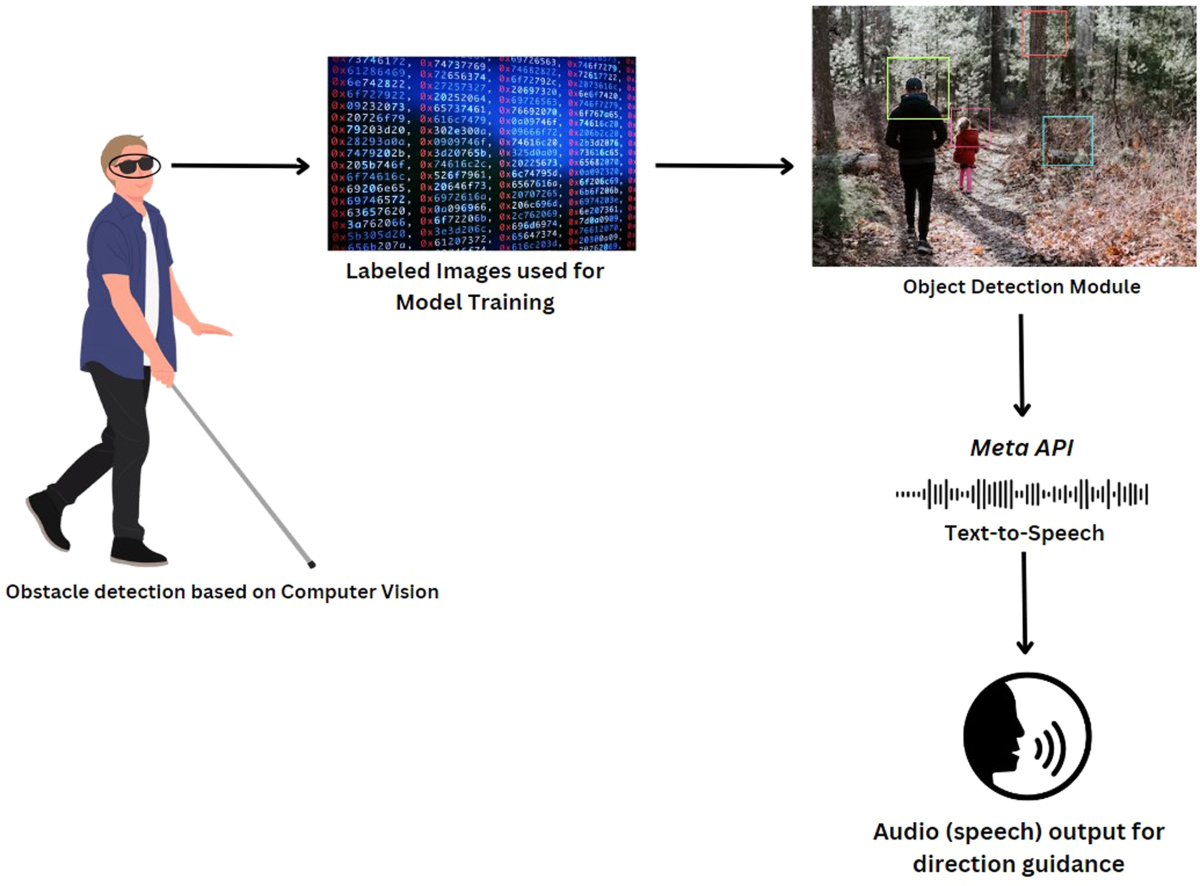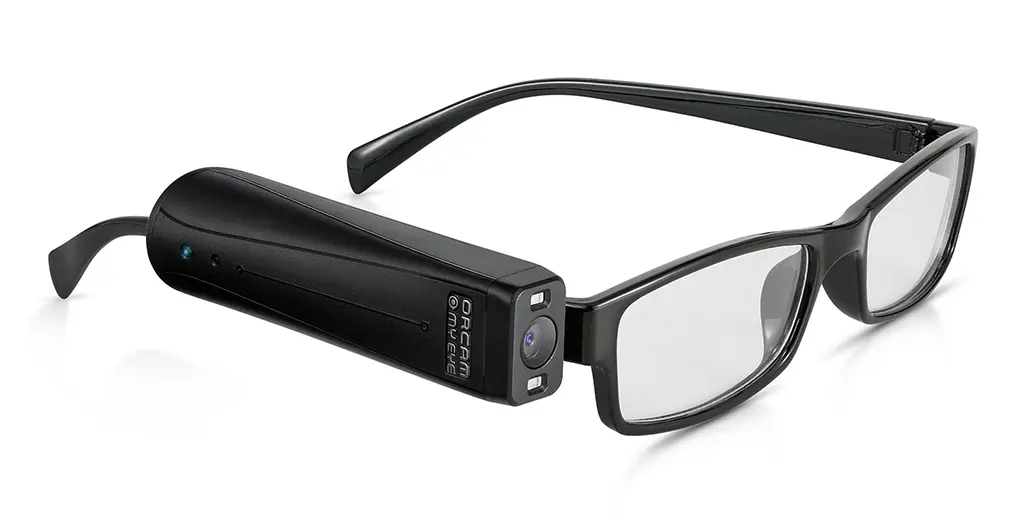Speech-to-Text Devices for Low Vision Users: Enhancing Communication and Productivity
Speech-to-Text Devices for Low Vision Users: Enhancing Communication and Productivity
Blog Article
Ingenious Solutions in Assistive Innovation for Visual Problems
The landscape of assistive technology for aesthetic problems is advancing swiftly, presenting an array of ingenious remedies that improve access and independence. From innovative smart device applications that facilitate navigating to wearable gadgets designed for real-time support, these tools are reshaping the experiences of those with visual problems.
Innovations in Mobile Phone Applications
Recently, advancements in smartphone applications have actually substantially changed the landscape of assistive technology for people with aesthetic impairments. These applications utilize the powerful sensing units and capacities of contemporary smart devices to offer individuals with devices that boost self-reliance and ease of access in their every day lives.
Remarkable among these developments are applications created for object acknowledgment, which use the smart device's video camera to recognize items and offer verbal summaries. Such features empower users to navigate their environments better, whether recognizing items in stores or finding individual belongings in the house. Additionally, text-to-speech applications have enhanced dramatically, making it possible for customers to capture published message via their gadget's electronic camera and obtain instant sound responses, consequently promoting reading and understanding.
Navigation applications tailored for aesthetically damaged customers have actually additionally emerged, providing auditory support and in-depth location info. These devices give vital support for wheelchair, enabling individuals to go across unknown rooms with self-confidence. Community-driven applications have actually fostered social communication and source sharing amongst people with aesthetic impairments, developing a supportive network that enhances their top quality of life. On the whole, smartphone applications have actually ended up being indispensable allies in advertising autonomy and ease of access for people with aesthetic disabilities.
Wearable Instruments for Navigating
Wearable devices for navigating have actually arised as a groundbreaking option for individuals with aesthetic disabilities, using hands-free help that enhances flexibility and positioning. These devices normally make use of sophisticated technologies, including GPS, ultrasonic sensors, and expert system, to provide real-time comments and instructions to customers as they navigate their environment.
One notable instance of wearable navigation innovation is clever glasses, which can identify barriers and relay auditory or haptic feedback to the wearer, enabling risk-free and efficient activity in various settings. Other tools, such as vests and belts equipped with sensing units, can in a similar way inform customers of their environments by giving alerts regarding close-by items or changes in terrain.
Additionally, lots of wearable tools incorporate with smartphone applications, allowing users to customize their navigation choices and get tailored path suggestions. This personalization can substantially improve the user experience, empowering people to take a trip with greater confidence and independence.
As technology continues to establish, the potential for wearable navigation gadgets to enhance the lifestyle for individuals with aesthetic disabilities continues to be significant, leading the way for even more inclusive and available environments.
Smart Home Technology Combination

Furthermore, wise appliances geared up with tactile interfaces or acoustic comments offer intuitive communications that provide specifically to the demands of those with aesthetic problems. As an example, wise fridges can announce their contents and expiration dates, while clever ovens can assist customers with the food preparation procedure with audio directions.
Home automation systems, such as smart doorbells and protection cameras, offer assurance by permitting users to obtain signals and accessibility live feeds via their smart phones, boosting personal safety (AI-powered visual aids). Furthermore, integration with smartphones and tablets makes sure that customers can manage their home atmosphere from anywhere within their premises
As wise home technology proceeds to develop, it holds the potential to change the living experiences of people with aesthetic disabilities, promoting freedom and boosting lifestyle in a progressively linked world.

Educational Devices and Resources
Access to efficient academic tools and resources is crucial for individuals with aesthetic problems, as it empowers them to involve fully in their knowing experiences. Different assistive innovations have been created to boost ease of access and foster independent understanding. Display visitors, for example, transform text into speech, enabling students to gain access to digital content effortlessly. AI-powered visual aids. In addition, refreshable braille display screens provide responsive feedback, making it simpler for students to engage with written product.
Furthermore, instructional software particularly developed for visually impaired customers supplies functions such as high-contrast modes and customizable text sizes. These devices fit diverse knowing styles and make certain that trainees can customize their educational experience to their needs.
Furthermore, access to audio publications and virtual libraries broadens the variety of available discovering materials, enabling pupils to check out subjects comprehensive without the limitations enforced by typical print resources. Joint platforms that integrate access features also promote team projects, making sure that visually damaged students can add meaningfully alongside their peers.
Community Support and Involvement
A robust network of neighborhood support and engagement is necessary for individuals best site with aesthetic impairments, fostering a comprehensive atmosphere where they can flourish. Area organizations, regional campaigning for free eye exam groups, and volunteers play a critical duty in offering sources, info, and friendship, which are crucial for improving the lifestyle for those impacted by visual problems.
Interaction tasks such as workshops, gatherings, and support system not just help with ability advancement however additionally promote social communication, minimizing sensations of seclusion. These initiatives motivate individuals to share experiences, challenges, and successes, therefore strengthening community bonds. Furthermore, partnerships with local services can result in higher accessibility in public areas, even more incorporating individuals with aesthetic problems into the area.
Innovation additionally improves neighborhood interaction through on-line platforms that use online support teams and sources, permitting people to connect despite geographical barriers. By utilizing both in-person and electronic solutions, areas can produce a thorough assistance network. Ultimately, promoting collaboration amongst different stakeholders-- consisting of family members, teachers, and health care specialists-- ensures that individuals with aesthetic disabilities obtain the holistic support necessary to navigate everyday life efficiently and with dignity.
Conclusion
Ingenious solutions in assistive technology for visual impairment dramatically boost the quality of life for people dealing with these obstacles. The combination of mobile phone applications, wearable gadgets, smart home modern technology, and academic tools cultivates better independence and access.
The landscape of assistive technology for aesthetic problems is advancing rapidly, providing an array of innovative solutions that improve read this article accessibility and independence. Community-driven applications have promoted social interaction and source sharing among people with aesthetic disabilities, producing an encouraging network that boosts their top quality of life. Overall, mobile phone applications have actually come to be indispensable allies in advertising freedom and ease of access for people with visual impairments.
Several people with visual disabilities are locating better freedom through the integration of smart home technology.Ingenious solutions in assistive modern technology for visual problems considerably enhance the high quality of life for people facing these obstacles.
Report this page